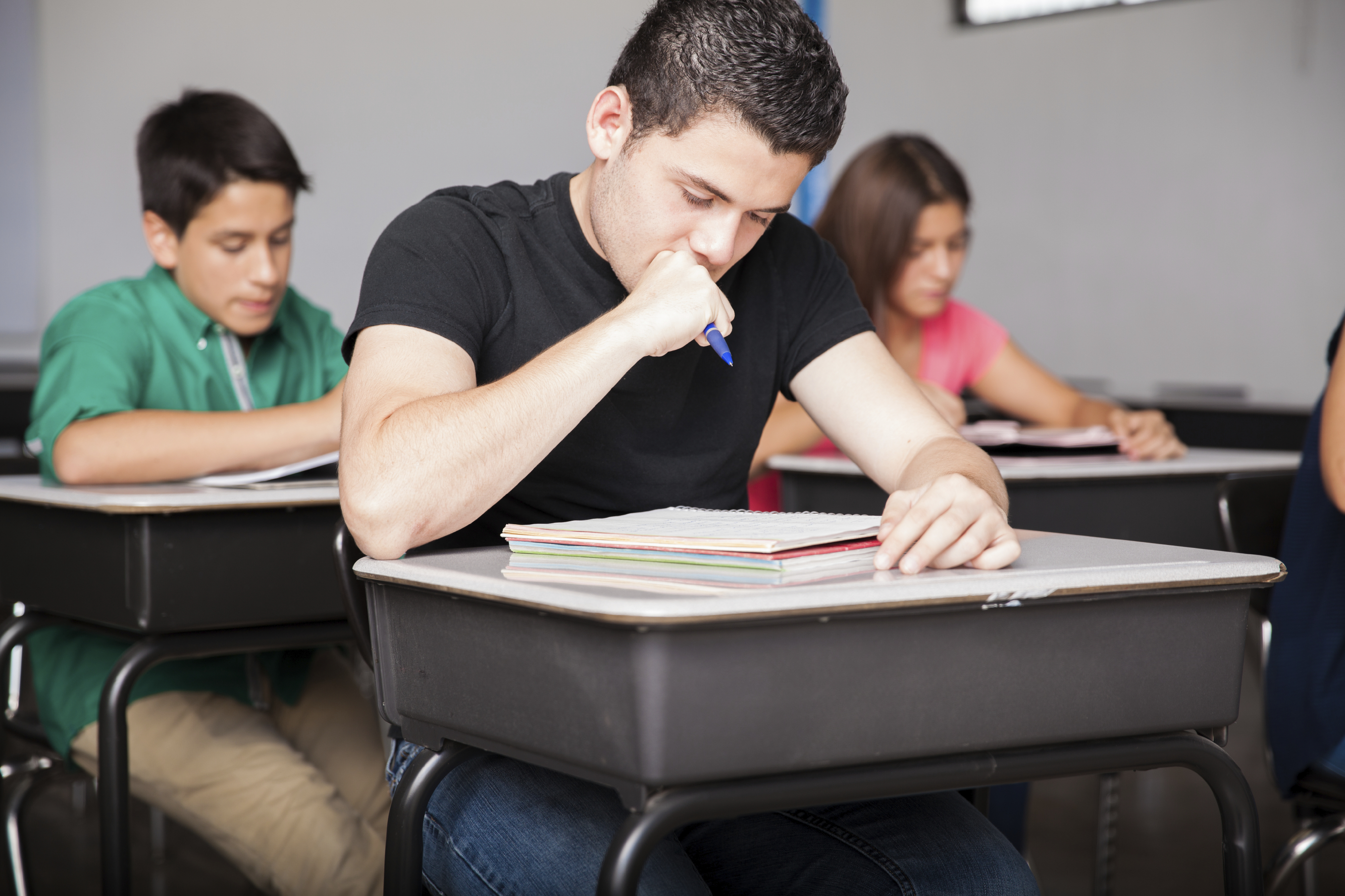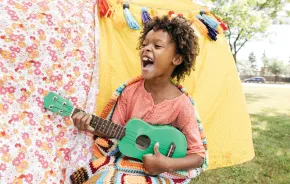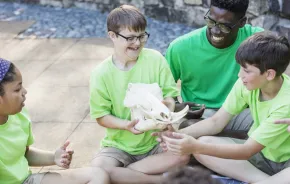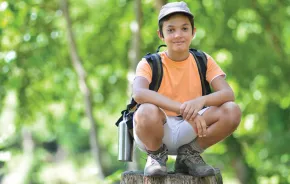
When Jacob Molloy, 18, first visited Highline Big Picture School in Burien, he felt a rekindling of a long-lost passion for learning.
"I realized I had literally dreamed of this school! The students were excited to be there. It was a new level of possibility that I had not before imagined,” Molloy says. “The feeling of 'this is where I belong' was immediate."
For many students, including Molloy, the key to schooling happily ever after is the Big Picture philosophy. The program focuses on self-directed learning. Gone are the traditional trappings of tests, grades and classes. In their place are smaller class sizes, student-created curriculums and off-campus activities.
Big Picture schools encourage students to pursue studies that matter to them and to leave campus twice a week to pursue internships. Like the internships, much of the curriculum at Big Picture is determined by the students themselves with input from advisors, parents and classmates.
For Ravan Nahal, a junior at Highline, Big Picture means starting to live your dreams before adulthood.
"How much do you really learn if you're confined between four walls for seven hours, right?” she says.
Nahal says Big Picture allows her to tailor her learning toward her goals. “I create my own visions,” she says. "My advisor does a very helpful job of asking probing questions that will help me go more in-depth with any specific part."
When, for example, Nahal decided she wanted to focus on helping others, her advisor asked for more detail. Were there perhaps specific age groups she wanted to work with? "I realized I want to help teenagers who are struggling with their home lives,” says Nahal. “It's those kind of conversations that make my vision stronger."
The ABCs of Big Picture
Former teachers and principals Dennis Littky and Elliot Washer founded Big Picture Learning in 1995. In the two decades since, Big Picture has received millions in grant money from the likes of the Bill & Melinda Gates Foundation and expanded to more than 65 schools in the United States, the Netherlands and Canada.
"The model is actually focused around making dreams happen for people. That probably sounds cheesy, but shouldn't that be the point of school?"
Each school hosts about 200 students. Small class size remains a priority while parents and community members often play an active role in their children's educations. Those differences from more mainstream education matter, say advocates, but the learning curve can be steep.
"No one has asked [these students] what they want to do so they're not used to thinking about it," says Bethany Spinler, principal of Bellevue Big Picture.
Put another way: "Big Picture education is about 'unlearning' what learning looks like," says Megan Demeroutis, Highline 's former internship program director. "Once [they are] in a safe place, you can see students opening up and sharing their interests and passions."
That, says Molloy, can be challenging but it’s worth it. "The model is actually focused around making dreams happen for people. That probably sounds cheesy, but shouldn't that be the point of school?"

Big Picture aims to merge student self-reflection with professional work. Molloy, for example, works for the Puget Sound Consortium for School Innovation as part of his personal curriculum. This combo of hands-on, student-directed projects and relationships with mentors both on and off campus creates happy, functional adults, according to Big Picture cofounder Littky.
To students, though, those statistics don’t matter nearly as much as how they feel going to school.
"The only real rule here is 'be yourself," says Nahal. "To me, the advisors are like family. It's OK for me to fail because with their support I can grow."
Class Is In Session
So what's a day at a Big Picture school look like? It depends on the student.
For example, the middle school advisors of Highline teach core subjects including art, technology, history and math. Students aren't required to be at school on Tuesdays and Thursdays but, Nahal says, they are expected to explore their interests and "test the waters on different paths." Wednesdays, students leave campus to explore various sites in Seattle.
I grew up thinking of myself as not very smart. Through my advisor, I've have come to see I am a smart person and even through math may not be my thing, it doesn't define me as a person.
"It was my door into the real world," says Nahal, who's focusing on journalism, writing and administrative work with plans to investigate meditation and education later this year. Meanwhile, junior Kenzie Furin spends her days studying art conservation, cleaning sculptures, assisting a photographer and working for education nonprofit foundry10.
"Being at Big Picture has let me explore different interest and express my creativity through art," says Furin. Another benefit? "I always struggled with math and as a result I grew up thinking of myself as not very smart. Through my advisor, I've have come to see I am a smart person and even through math may not be my thing, it doesn't define me as a person."
To graduate from a Big Picture school, students must apply for college. It's an easy sell, says former Highline advisor and college counselor Bonnie Lathram.
"Colleges want students who have academic skills, certainly, but they also want students who know how to own and direct their own learning,” she says.
When students represent their own interests, she adds, they flourish. She cites internships at glassblowing companies, preschools and architectural firms, with vets, metaphysical bookshops, law firms, cupcake shops, dance studios and technology businesses. Some of the students find ways to present their passion for poetry or history or art on campus.
For student Samantha Ayala, Big Picture meant a future. Her mother works two minimum-wage jobs to make ends meet; affording college seemed unlikely. Then, last spring the then-senior won an Act 6 scholarship ― a full-ride for an emerging community leader.
Ayala, who will be the first member of her family to attend college, credits Big Picture for her success. "This,” she says, “is like a dream for us."











